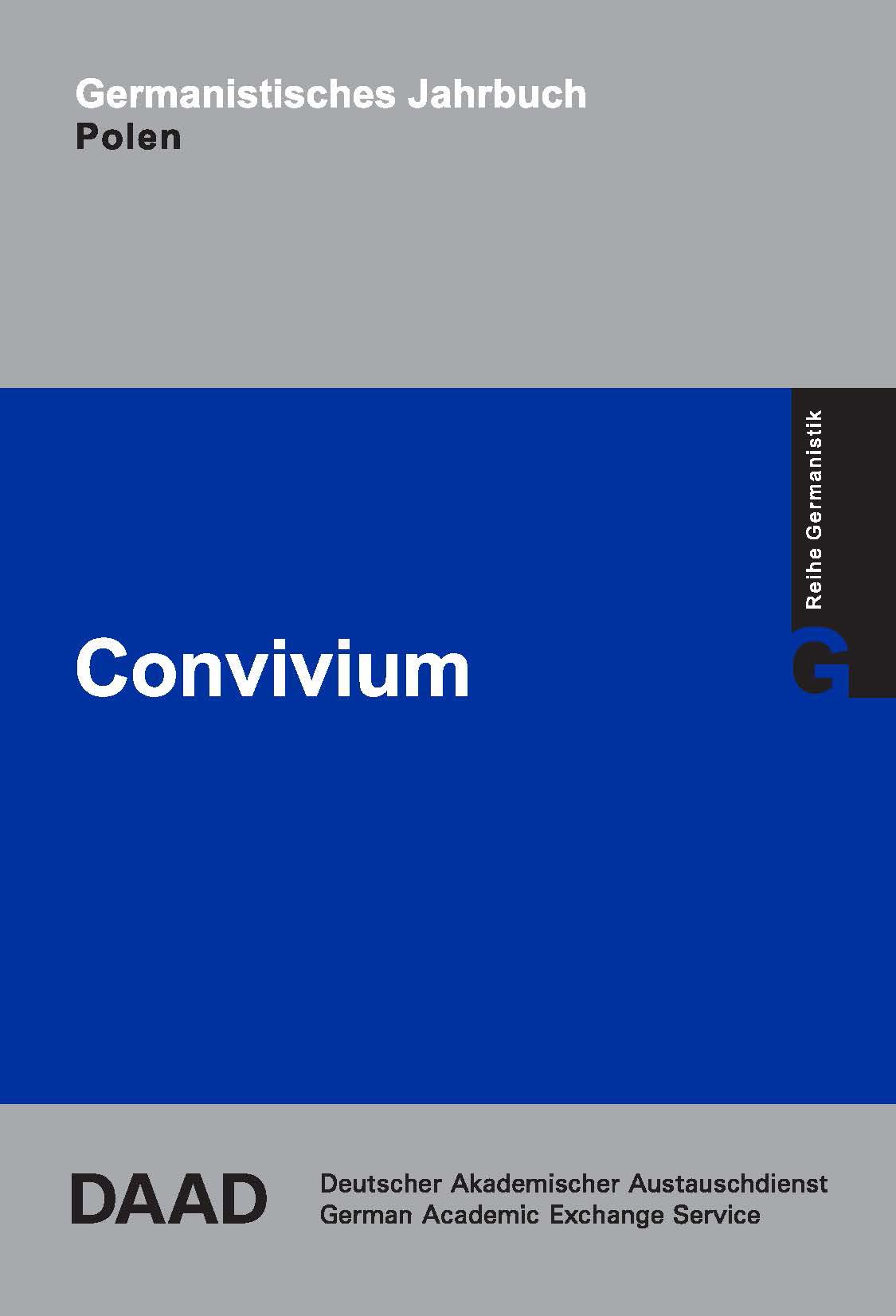Christian Kracht, "Tristesse Royale" und die Möbiusschleife
Christian Kracht, "Tristesse Royale" und die Möbiusschleife
Author(s): Andrzej KopackiSubject(s): Studies of Literature
Published by: Wydawnictwo Uniwersytetu Łódzkiego
Keywords: Pop-Generation; Christian Kracht; „Tristesse Royale”;„Faserland”; „1979”;narration;Roland Barthes
Summary/Abstract: The subject of the essay is the phenomenon and self-consciousness of the pop generation in German cultural landscape, as depicted in the „popcultural quintet’s“ self-representation in Tristesse Royale and used as background of two novels by Christian Kracht (Faserland and 1979). The starting point of the analysis which, (referring to the concepts of Roland Barthes’ theory of signs) undertakes to define the nature of Kracht’s literariness in the construction of the first person narrative in Faserland. The ‚Möbius strip‘, used as an intellectual figure of the quintet and also as a narrative model, enables to describe the structure, dynamics and modi operandi (e.g. irony) of the discussed narrations.
Journal: Convivium. Germanistisches Jahrbuch Polen
- Issue Year: 2008
- Issue No: 1
- Page Range: 261-285
- Page Count: 25
- Language: German

